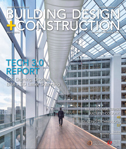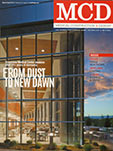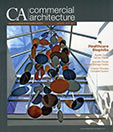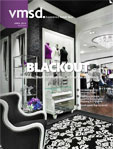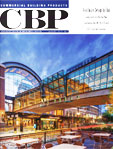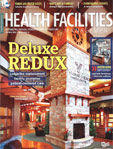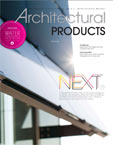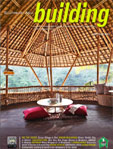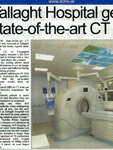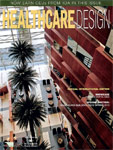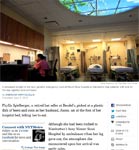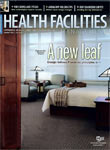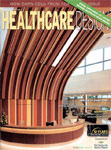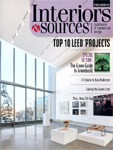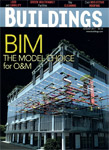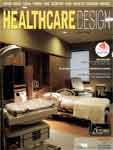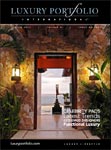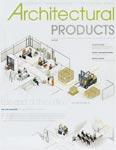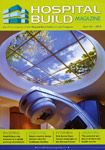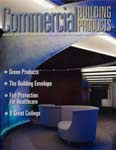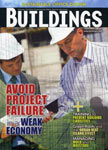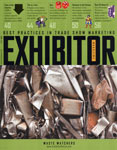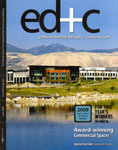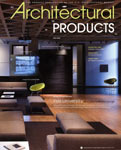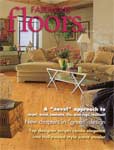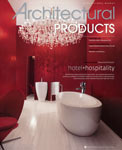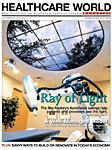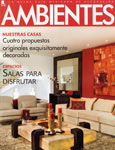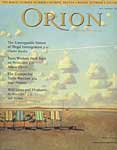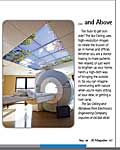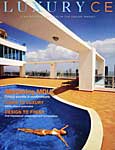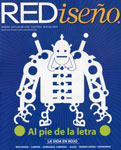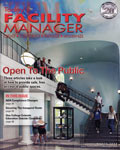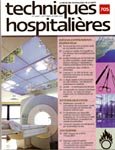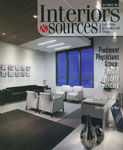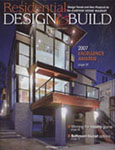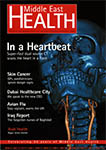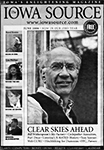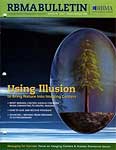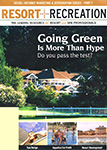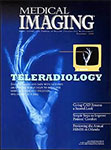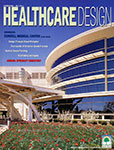The forest canopy is a place that inspires human healing. Roger Ulrich, a professor of behavioral psychology at Texas A&M University and a pioneer in the study of environmental influences on health, contends that the proximity of nature can enhance human well-being in measurable walls. In his view, no environment is neutral, and the surroundings in which a hospital p3tient receives Girl' significantly affect patient outcomes in both positive and negative ways. Fear and uncertainty about the prognosis, isolation from friends and loved ones. and related stresses can lead 10 suppression of the immune system, as ....ell as dampen emotional and spiritual resources, and thus impede recovery. In the early 1995, Ulrich observed that the psychological and social needs of patients had been largely disregarded in the design of health-care facilities. Rather than providing an environment that calms patients and strengthens coping resources and healing processes, our health care facilities are frequently stark and impersonal. stressful to patients, and detrimental to caregivers.
Ulrich went beyond theory and tested these ideas. In a landmark study published in the journal Science, he investigated the recovery rates of a group of patients with contrasting views from their windows in a Texas hospital, all of whom had had gall bladder surgery. Some patients had rooms that overlooked a patch of trees in the hospital courtyard: others had windows that faced a concrete wall. Patients in rooms with views of trees spent fewer days in the hospital, used fewer narcotic drugs, had fewer complications, and registered fewer complaints with the nurses. Other studies showed that environments with nature-related imagery. such as photographs and paintings on the wall, reduce anxiety. lower blood pressure, and reduce pain. Not only did Ulrich demonstrate a direct correlation between having a view of trees and better health, but research has since shown the obverse to be true as well linking unsupportive surroundings such as blank walls and harsh lighting to elevated depression, greater need for pain drugs, and longer hospital stays. Even the most mainstream administrators, hospital architects, and interior designers now acknowledge that environments with nature imagery-from reception to radiology to restrooms-empower patients in their healing, provide relief for worl1ed families, and fortify care providers.
Of course, not every hospital or clinic is fortunate enough to have views or a forest. Over the past decade, a number of private companies have been marketing artificial tree views to health-care facilities. One such company. The Sky Factory, offers two products! lines. The SkyCeiling which creates a photographic illusion of a real tree canopy against a c1oud-dotted blue sky), is installed in ceiling grids where f1uore-cent lights and acoustic panels usually} reside. while the luminous Virtual Window features landscape images for vertical walls. Though relatively expensive panels cost between eighty-five and one hundred dollars per square foot-they are easily installed and radiate light at a color temperature of 6,500 degrees Kelvin (equivalent to natural sunlight) into the room. These companies post enthusiastic testimonials from patients about how views of blossoming and leafy trees had a soothing and balancing effect on them. Although little quantitative information exists to attest to these products' direct health benefits, the fact that the artificial tree view business has grown exponentially in the past five years suggests their effectiveness--enough so, anyway. That hospital administrators are willing to pay handsomely for a room with a view. albeit a manufactured one, of trees.

 Healthcare
Healthcare
